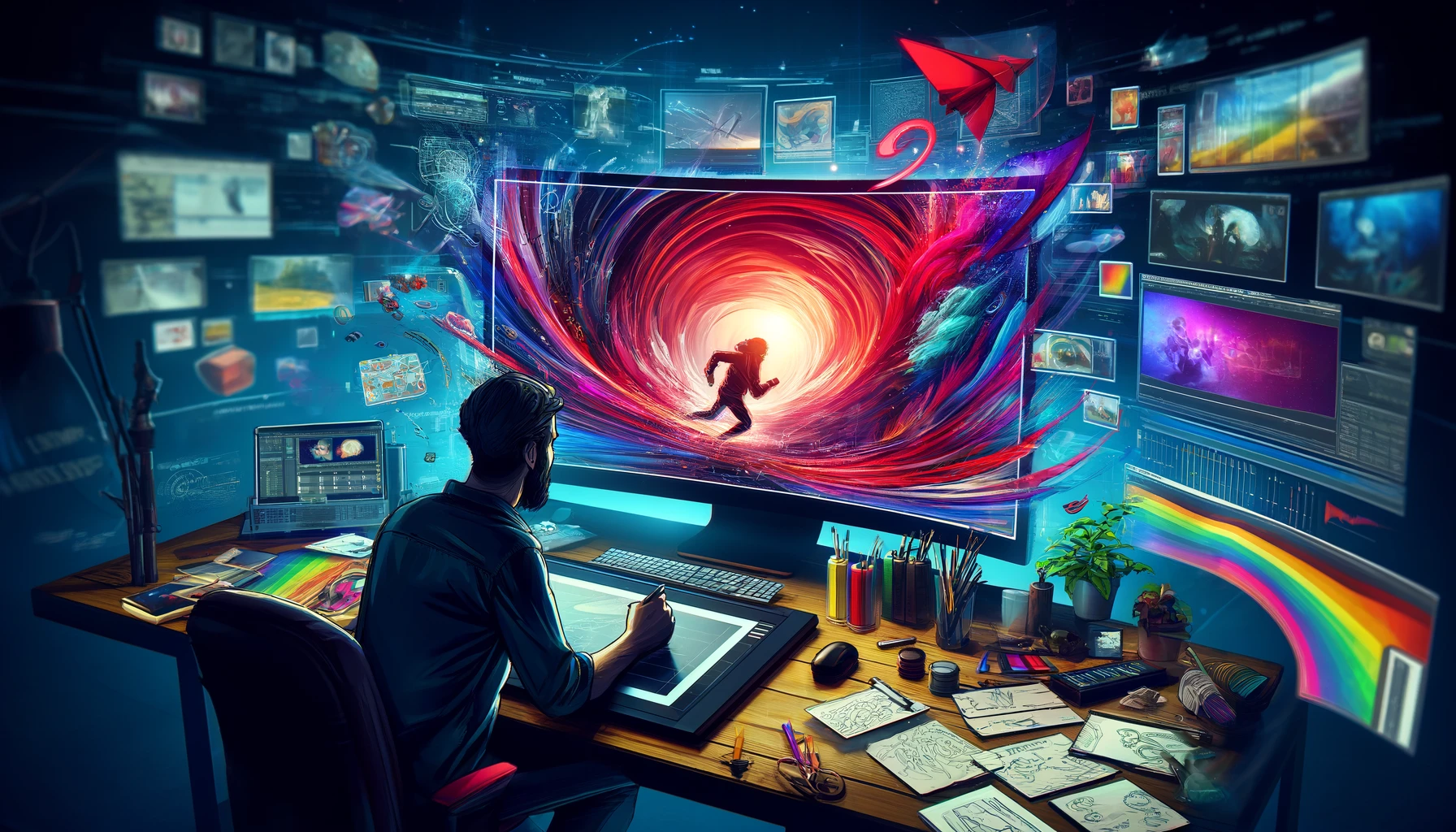In the ever-changing realm of user experience (UX), we are on the edge of a golden age. Growth projections are at an annual rate of 15% over the next ten years which will to a great extent show the vitality and growing prominence of this field, based on the analyses by Burning Glass. This figure reflects the sector’s expansion and underlines a reality in the job market: This is the era of UX talent grabbing, as the demand is way higher than the number of skilled workers. Thus, this scenario provides the people looking to enter or progress in this field with a chance to prove their worth.
However, UX covers a full range of competences, including a wide array of professions from specialized roles. The career path of a UX designer does not consist of a single element. Yet, as a releasing point of numerous experts covering all possible angles of a project, each rendering an individual bit of the puzzle. Such collaboration among various specialists makes the creative process richer and the career perspectives for UX professionals even broader.
The article is aimed at those who want to explore new horizons for the first time, as well as those who already have plans to specialize or to further their careers and are looking for a way forward. We are going to look at the whole space of user experience and as a result provide a guidance for exploring both promising and diverse UX professions. Being multifaceted in approach, UX design will be the most promising but also the most challenging job you will have in the future.
Interaction Designers – The Digital Experience Wizardry

Think of interaction designers as the ambassadors that bridge the human-computer divide. Their whole mission? Making our digital journeys as smooth and intuitive as can be. Businesses like Google rely on these pros to perfectly choreograph how we flow through apps, websites and platforms.
It’s not about just making things look pretty (though that helps!). Interaction designers obsess over how easy it is to complete tasks digitally. They meticulously map out each step a user takes to get stuff done, then shape an interaction freestyle that eliminates any pointless hurdles. It’s all about keeping experiences seamless and inclusive for every user.
So next time you breeze through an app without bumping into any snags, thank an interaction designer! Their behind-the-scenes work turns our tech tango intuitively natural.
Visual Designers – The Digital Art Directors
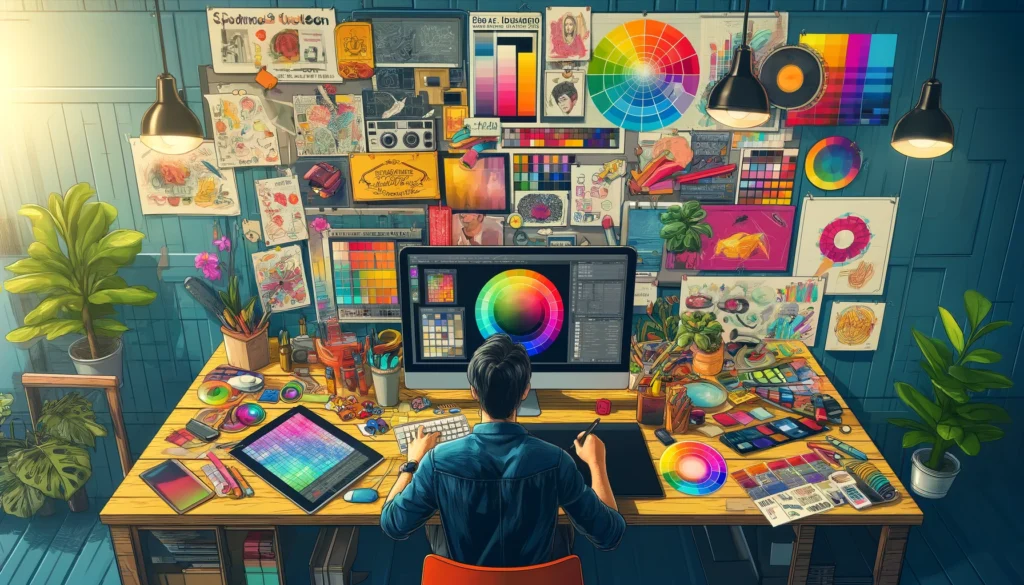
Visual designers are the aesthetics gurus that make our digital experiences downright drool-worthy. Sure, they whip up logos, illustrations and icons – but their real mastery lies in sweating the tiny yet pivotal details.
We’re talking color palettes that sing in harmony with the brand identity. Typography that doesn’t just look sharp, but guides your eyes with purpose. Layouts where every element is artfully arranged to balance beauty and usability. For companies like Google, visual designers are irreplaceable.
Their eye for graphic storytelling breathes life into apps and websites. Functional? Check. Unforgettable? You betcha. Thanks to these artistic visionaries, our digital expeditions are wow-worthy from the moment we lay eyes on the vibrant canvas before us.
Motion Designers – The Animators Bringing Screens to Life
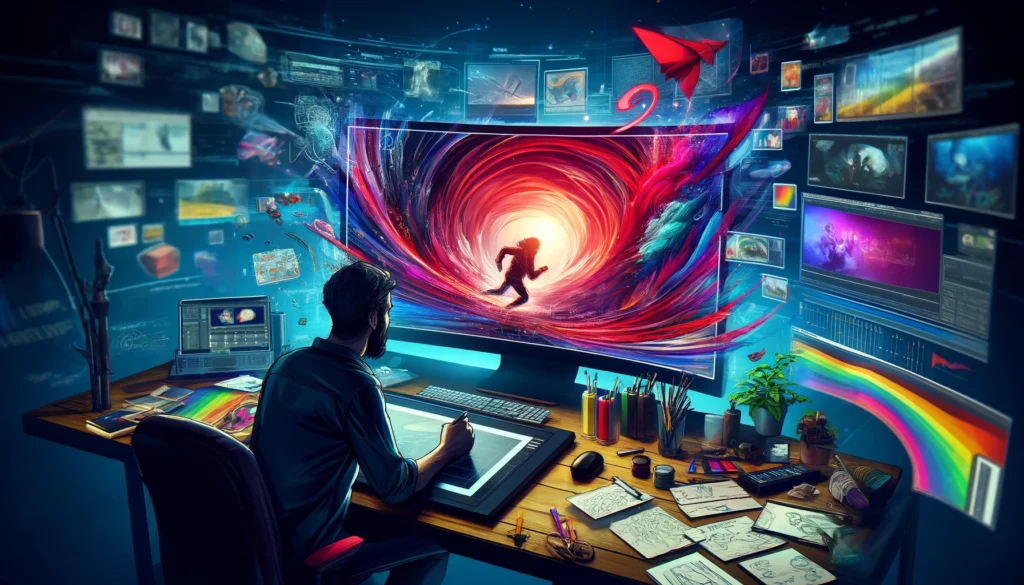
If visual designers construct the sets, then motion designers are the directors and cinematographers making those digital stages burst with movement and personality. They sweat every animated transition, loading spinner and microinteraction to make them silky smooth head-turners.
Because let’s face it – in our scroll-happy, swipe-obsessed modern lives, static just doesn’t cut it anymore. Motion designers at places like Google bring dynamism and narrative energy that delights while ensuring flows are clear as day.
They sweat the subtleties to make interactions feel naturally lifelike rather than jarring. How do you animate a button press so it’s snappy yet satisfying? What transition crystallizes the connection between sequential actions? These animation masterminds have the answers.
Thanks to their boundary-pushing skills, user experiences aren’t just usable – they’re lively, cinematic journeys that engage hearts and minds.
VR/AR Designers – The Trailblazing Reality Hackers
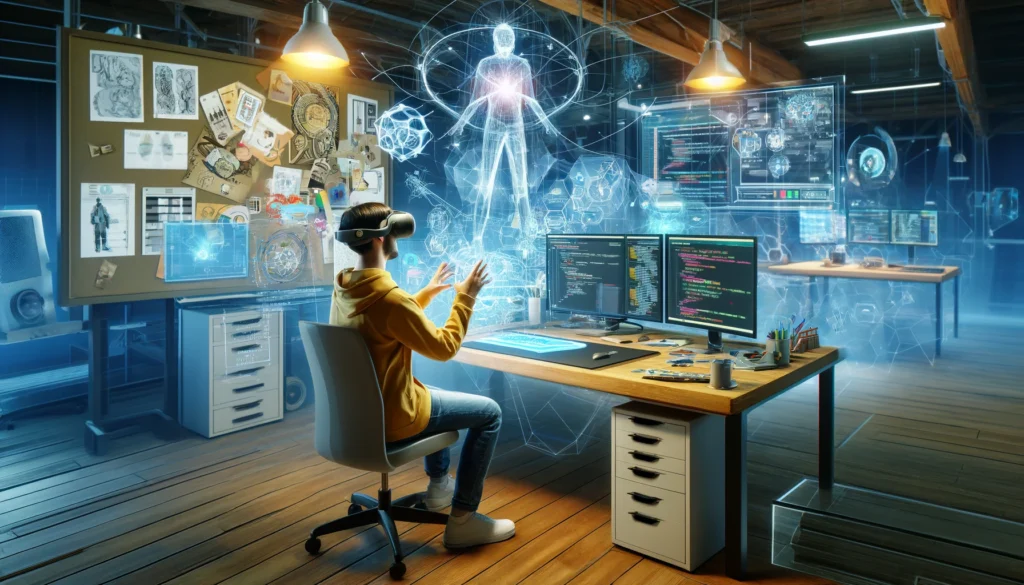
On tech’s cutting bleeding edge, you’ll find virtual and augmented reality designers fearlessly remixing the very fabric of our perception. Through headsets and mobile devices, these pioneers craft entirely new mindblowing dimensions for us to explore. They’re making the impossible possible!
With VR, these maverick creators construct hyper-realistic 3D worlds from the cosmos of their boundless imagination. Suddenly you can stroll through museums on Mars, dive into shared fantasy realms or experience cultures from millennia past. Firing on all sensory cylinders, these immersions transport us, body and soul.
And speaking of blending realities, AR wizards weave digital miracles into our physical surroundings. Already we can conjure furniture into our living rooms or admire fantastical public artworks, all powered by creativity made tangible through code. The potential as yet unseen boggles the mind!
Of course, maintaining that awe while ensuring comfort and safety is a delicate balance for these XR trailblazers. But their tireless pursuit keeps shattering conventions and redefining how we experience…well, everything!
UX Researchers – The Human Truth Seekers
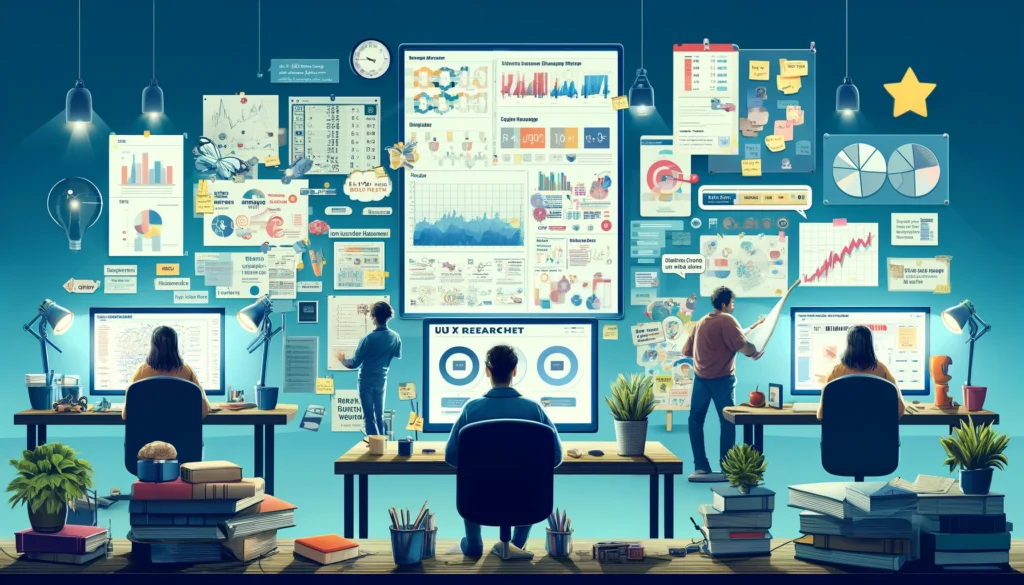
Long before designers sketch a wireframe, UX researchers work their magic – they’re the brilliant minds uncovering deep insights into how real people experience technology and where pain points linger. Their investigation drives innovation forward.
Through careful study and candid interviews, these are the empathetic detectives getting to the core of our needs and behaviors as digital citizens. What specific steps frustrate us when using a product? Where do we experience delight or confusion? Their findings illuminate a pathway to developing solutions.
But UX researchers don’t just gather data for data’s sake. They’re on an impassioned mission to fundamentally understand our daily struggles and delights with tech. That humanistic core enables them to push boundaries on what’s possible with future innovations.
In the perpetual reimagination of how we interact with devices and software, UX researchers aren’t just uncovering problems – they’re championing an internet worth inhabiting for everyone.
UX Writers – The Digital Communication Geniuses
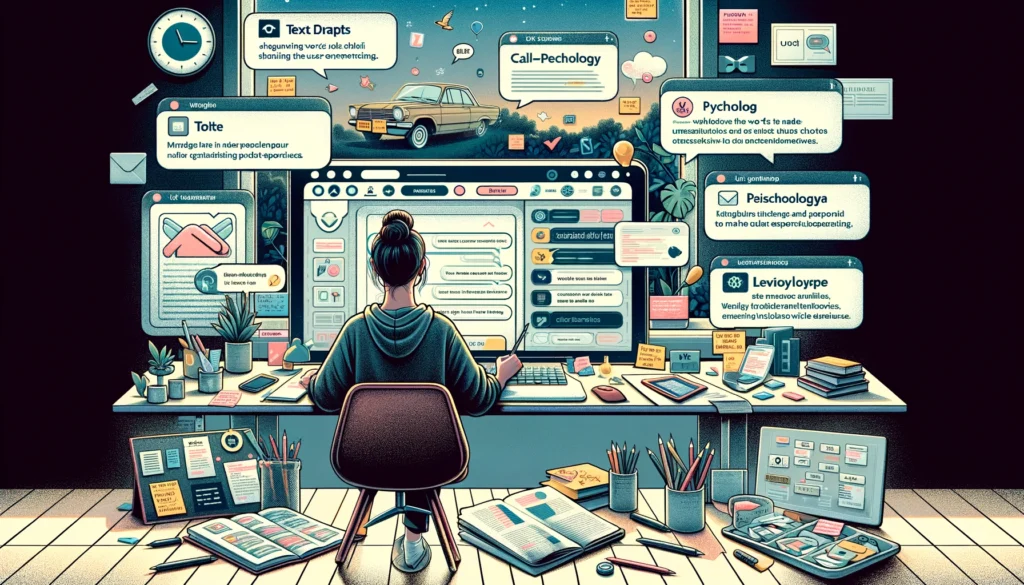
You know how every great app or website just seems to communicate in a language that feels warm yet clear as a bell? That writer’s voice that magically manages to uplift while guiding you every step of the exploratory way? Yeah, that’s all thanks to the unsung heroes called UX writers.
These masters of communication architecture the entire personality driving how each product speaks to us. From crafting microcopy that dances between directions and delight to setting a tone that exudes brand energy yet stays user-friendly, their talents are the textual glue holding our interactions together seamlessly.
Of course, turning complex product requirements into instinctively understandable, emotively engaging language is no mean feat. These insanely versatile scribes are researchers, linguists and strategists all in one. Their multilingual fluency spans tech, marketing and human psychology.
But the end result of a UX writer’s hard work? Every app and website we use feels like an effortless conversation with a skilled yet personable communicator. It’s creator and user, harmoniously in tune.
UX Program Managers – The Renaissance Conductors
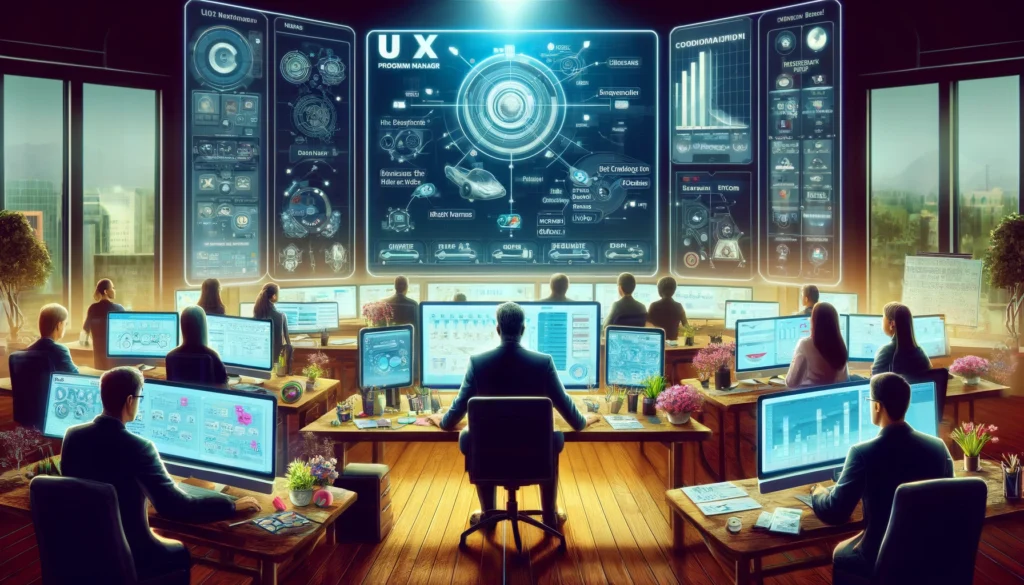
In the high-stakes world of software and app creation, UX program managers are the visionary leaders steering entire teams towards shared success. They see the forest for the trees, formulating unified game plans that shuttle projects from concept to remarkable reality.
Part strategist, part project manager, part evangelist and part therapist, these UX champions wear more hats than a royal archivist. Their juggling act aligns goals, processes, communication channels and – most critically – every employee’s heart and soul around a central mission of serving user needs holistically.
Balancing Agile methodologies while reinforcing a culture of user obsession and psychological empathy isn’t easy street. But these conductors motivate everyone to work as one harmonized orchestra. Design, engineering, QA – they enable a symphony of collaboration that transforms possibility into seamless product elegance.
With dazzling multidisciplinary vision, UX program managers inspire teams to create technology worthy of our human family. Their leadership is more than checklists – it’s a rallying call for constant reinvention of what’s possible.
Conversation Designer – The Voice Whisperers Giving Tech a Human Soul
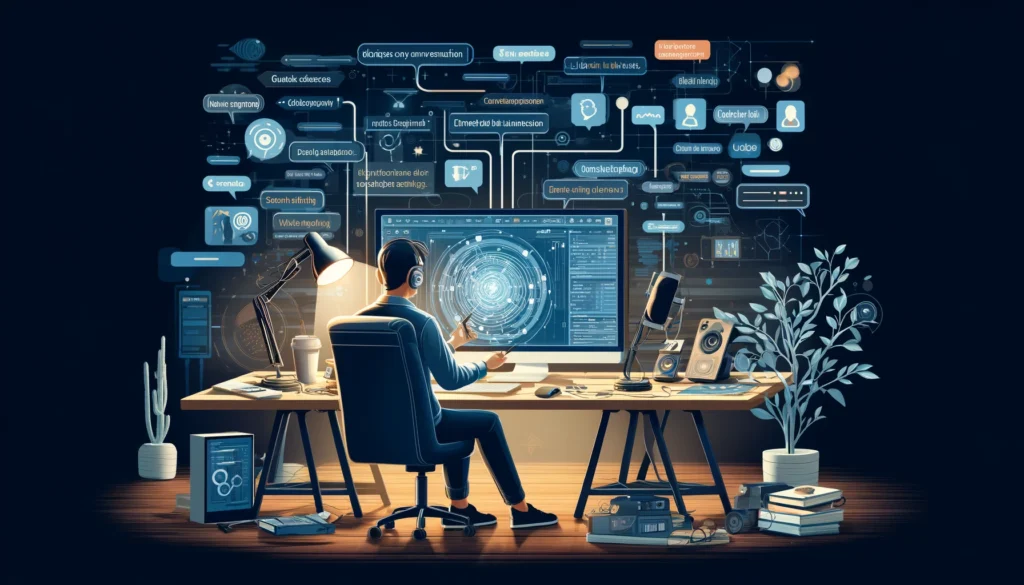
In our age of artificial intelligence and automation, a new breed of innovators have emerged – conversation designers, the pioneers daring to inject real human warmth into our interactions with machines. These creative mavericks are reshaping how we relate to technology, from the virtual assistants in our homes to the voice response systems guiding us through customer service calls. Their quest? To construct interfaces that don’t just comprehend our words, but perceive the subtle hints, feelings and contexts interwoven into how we communicate as humans. It’s technology that grasps nuances and emotional undercurrents as easily as a close friend.
This uniquely multidisciplinary field draws from data science, psychology, linguistics and more to breathe the rich complexities of human language and social cues into the digital realm. Conversation designers strive to make conversing with machines feel as natural as catching up with a buddy – technology that genuinely listens, understands and even anticipates our needs. But coding lifelike dialogue is easier said than done. These whisperers can’t simply program some canned responses and call it a day.
They dive deep into what makes us human – dissecting psychology, speech patterns and social dynamics to architect experiences that are as intuitive and relatable as they are informative. Each virtual persona they construct is a finely calibrated instrument, with choices around tone, personality, emotional intelligence and interpersonal behavior all meticulously designed. How do you script a dialogue to feel both helpful and engaging? Can an AI assistant project a sense of warmth while staying on-brand?
Through their artistic ingenuity, conversation designers aren’t just enhancing human-machine communication – they’re leading us towards a new kind of world. One where technology becomes a personal companion deeply woven into the fabric of our lives and cultures. A reality where the line between person and machine blurs into seamless partnership and collaboration. No longer just product builders, these architects of the conversational future are reshaping how we fundamentally perceive and interact with technology itself.
UX Engineers – The Build Masters Making Visions Real
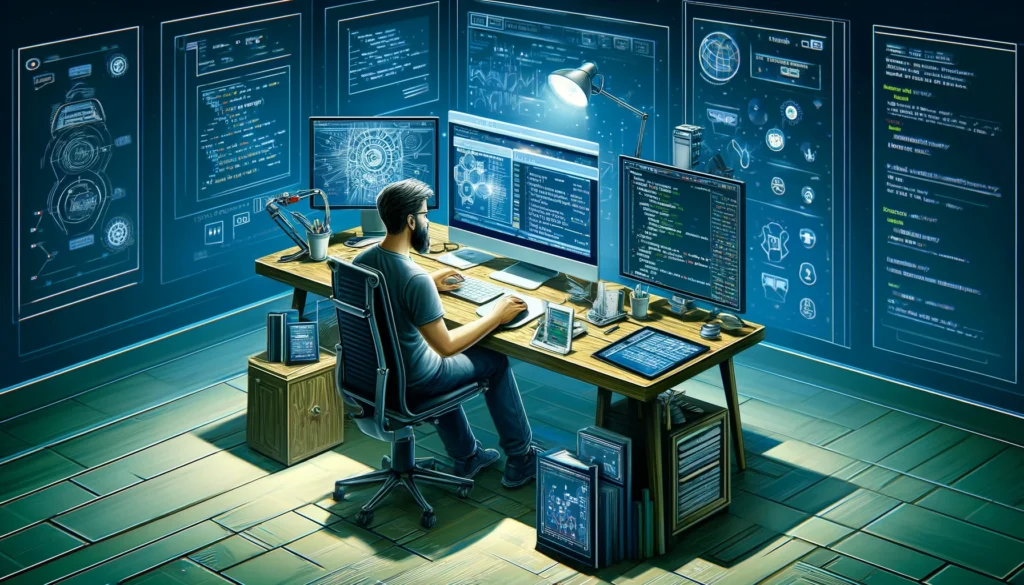
These are the eminent players who blends the newest technologies with design ideas and their enchanted hands convert virtually any concept into a living experience a user could enjoy in the digital environment. Instead of changing an idea decided by a designer into an object they just see, feel, and interact with – alchemy in their case involves ”making this happen for either a door handle or for a car”. These coders are the magic bridges over the gap between usability and appearance that guides designers in their sketching dreams and those who will interact with them in the end.
It’s not the magic of an awesome wizard who does that by waving his, translating visualized blueprints into software readable by the people. UX engineers put to use their brains beyond recognition by formulating ways such as building interactive systems which machines will use to exhibit intended reactions to the match of human design limitations along with technical constraints. They also come up with creative and amazing ways to help an experience which manifests the human desires and demand beyond expectations. Instead of just problem solvers developers for coders, they are everlasting creators who want to evolve quickly to meet the tech and their interactions.
A part of users experience engineering is far away from only writing scripts – it is a really deep collaborative work between designers, developers, and then users as well. This is how the synergy of process emerges the digital temperature thumping with usability and emotional bonding. Therefore, digital experiences are more than just responsive platforms and interfaces; they become a lifeline that keeps us connected and a method through which we manage our fast-paced existences. They show tech wizardry and visionary dedication that creates programs not only usable but pleasurable to use, with every click an intuitive facilitator of an experience that creates a framework for real life situations.
Furthermore, beyond the realm of imagination, these UX engineers position themselves as future architects that bridge the design ambitions and technological traps. These heroes in the background, who are rarely doubting their abilities spend every day and night inventing, charting and code writing in order to bring to mind diversionary realities and turn them into daily practices that enough citizens forget about are embracing.
